HONOR OUR HEROES PROGRAM
2021 Veterans Grand Marshals
 Edward Chan
Edward Chan
World War II Veteran, U.S. Air Force
Mesa, AZ
Chan was a bombardier on a B-24 bomber in the European conflict. His plane was called the “Hula Honey.” He flew 35 sorties over Nazi Germany. He was born in San Francisco but spent most of his life in Tucson. His wife of almost 70 years recently passed away in March. He now resides with his son’s family in Mesa. Chan is a proud veteran of a war long ago. While he seldom speaks of specifics, he shares stories of being on the plane and his responsibilities. As an Asian American, he is proud to serve his country while representing his heritage.
 Ralph Gastelum
Ralph Gastelum
Korean War Veteran, U.S. Marine Corps
Chandler, AZ
Gastelum made the famous Inchon Landing on Sept. 15, 1950, and fought in the epic battle of the Chosin Reservoir in North Korea. His service was in the winter of 1950 as a US Marine encircled by hundreds of thousands of Chinese communists. The Marines broke out of the encirclement and survived. They defeated the Chinese and the overwhelming forces of the frigid weather of 40 degrees below zero temperatures. Gastelum continued fighting in the Spring Offensive battles and fought in the worst of the fighting during the first year of the Korean War.
 Colonel John J. South
Colonel John J. South
Chaplain, U.S. Army (retired),Vietnam War Veteran
Phoenix, AZ
Chaplain South is a wounded combat veteran of the First Infantry Division who fought during the Vietnam War. Chaplain South has more than thirty years’ service in the Army, working his way up through the ranks from enlisted to Officer and retiring as a Colonel. He was the first Army Reserve Chaplain selected for the resident Army War College in Carlisle, PA, and still serves as a Deacon in the Roman Catholic Church. In addition to his military service, South served as a policeman in civilian life and then as the Phoenix Police Dept Chaplain, where he was called in to talk to those contemplating suicide. He was also a counselor to police who were involved in the Columbine CO shootings. On 9-11, he accompanied teams at the World Trade Center as they sifted through the rubble, looking for victims. Once the remains were found, Chaplain South formed the appropriate pastoral ministry actions.
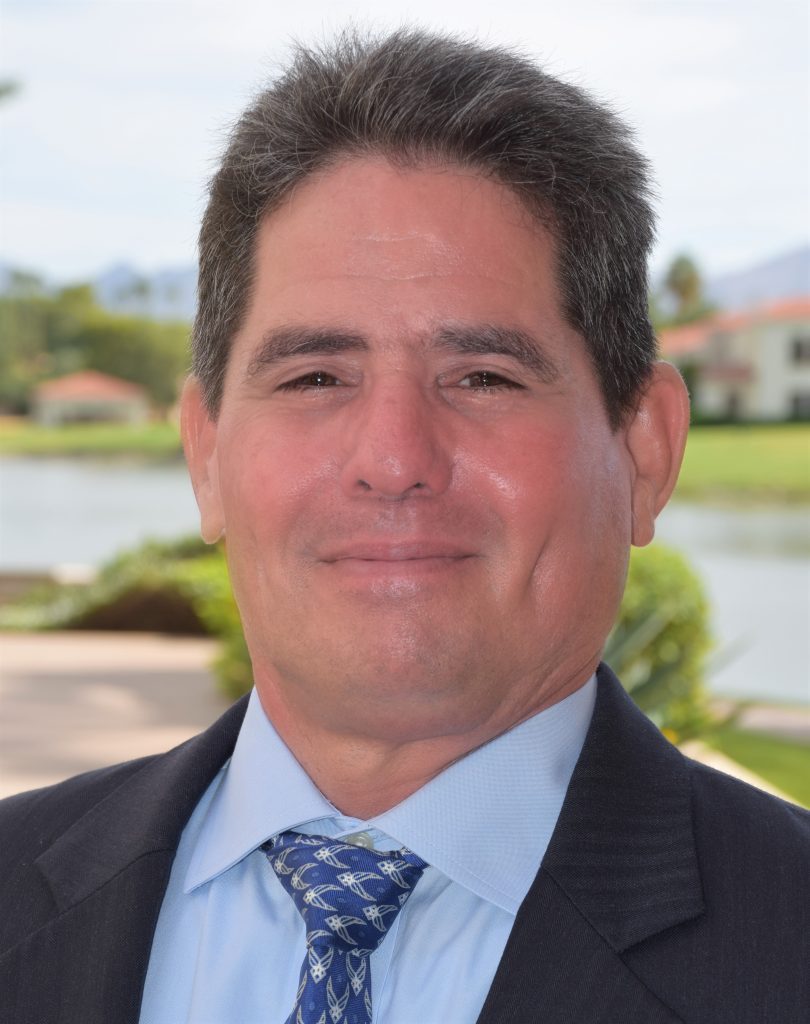 Ricardo Carlo
Ricardo Carlo
U.S. Air Force, Cold War Veteran
Phoenix, AZ
Ricardo Carlo retired from a long career with the USAF as a Technical Sergeant, earning two Commendation Medals, one Joint Service Medal, and four Outstanding Unit Awards. One of his tours of duty included serving with the Strategic Air Command. After retirement, he became the Executive Director (and later President) of the Associated Minority Contractors of America to champion diversity, economic development, and entrepreneurship among Arizona’s Small Contractor businesses. He sits on numerous committees and boards in the state, including Rio Salado’s President Advisory Council, the City of Phoenix’s Small Business Enterprise Oversight Committee, and West-MEC’s Industry Advisory Council to name a few.
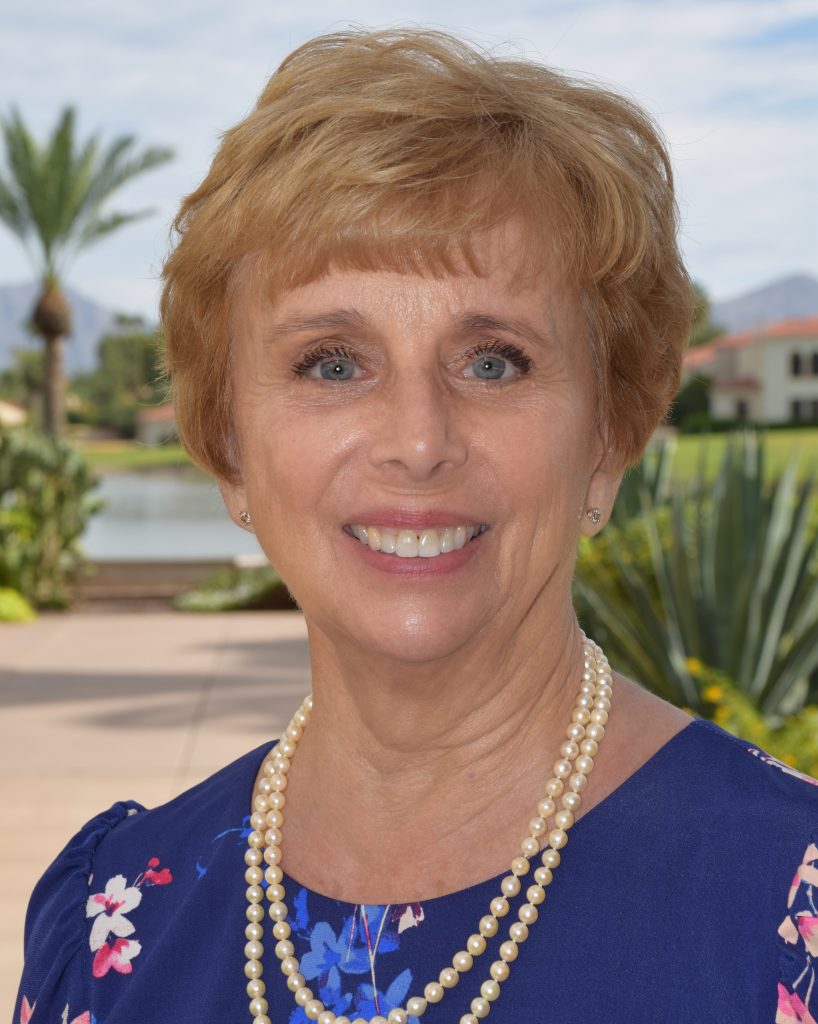 Col (Ret) Christine Mahon
Col (Ret) Christine Mahon
U.S. Army Reserve, Desert Storm Veteran
Ahwatukee, AZ
Col. Mahon served in USAR for 33 years as a Nurse. She was assigned as the Chief Nurse 403S Combat Support Hospital (CSH) Phoenix 1989-92. During this time, she was mobilized to Saudi Arabia. Into a holding area, she was experiencing “scudding.” Her unit was moved to a troop assembly area where for four months, their team was establishing a hospital with all equipment and supporting services at MEDCENWEST. Ground war casualties began arriving, and during her tour there, 139 patients were treated in their Emergency Room, and 780+ life-saving surgical procedures were performed. This Reserve Hospital was the single one in support of the 7th Corps during the ground war and treated one-third of the 7th Corps casualties.
 James “Jake” Livingstone
James “Jake” Livingstone
U.S. Army Special Forces, Operation Iraqi Freedom
Glendale, AZ
Livingstone departed military service in 2019 as a Sergeant First Class with 100% disability, earning the Bronze Star with two Oak Leaf Clusters. Livingstone served in the 10th Mountain Division and then as an 18D in the 3rd Special Forces Group. During one of his tours in Iraq, he established the first Iraqi wounded warrior program and treatment. He also helped secure voting facilities in western Baghdad during the first free and democratic election in Iraqi history. While with Special Forces he trained Iraqi Special Operations Forces and conducted Joint Operations with them. Later headed a special activities section in support of National Mission Force, embassy assault force, Iraqi counter terror forces, U.N. medical operations and various other U.S. agencies.
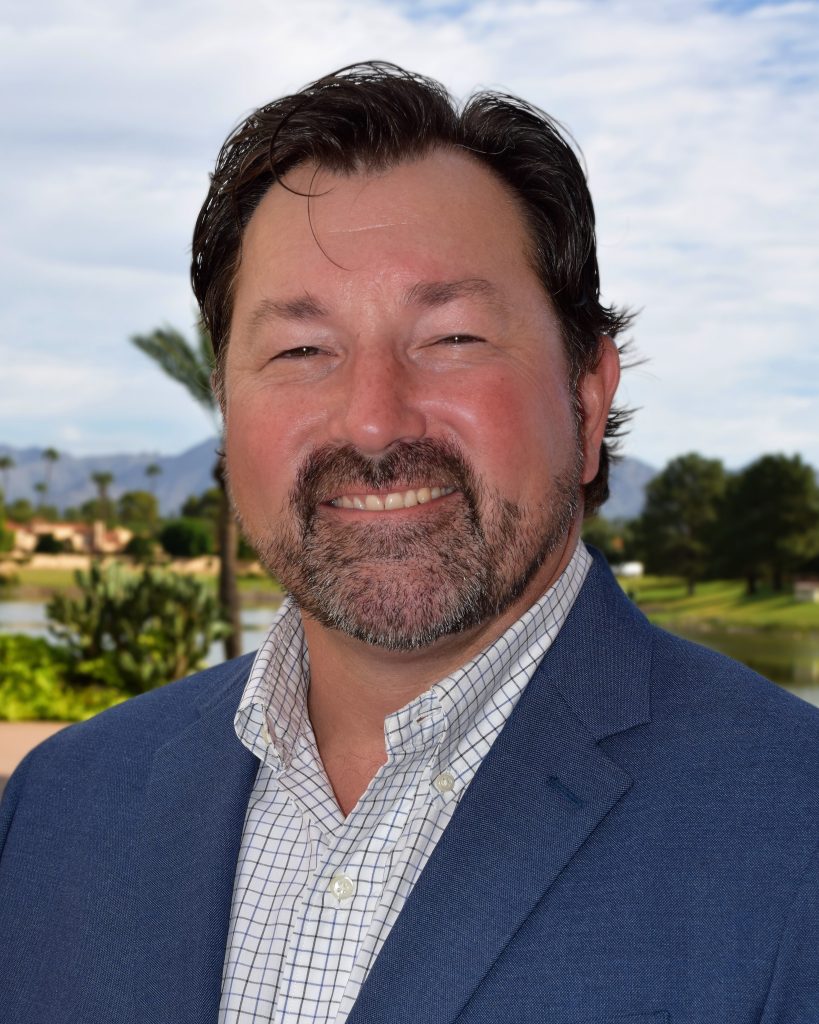 MSG (Ret) Scott Ford
MSG (Ret) Scott Ford
U.S. Army, Special Forces
Phoenix AZ
MSG Ford most notably served as the Team Sergeant during the Battle of Shok Valley Afghanistan. The Battle of Shok Valley, also known as Operation Commando Wrath, was a joint U.S.-Afghan raid designed to kill or capture Gulbuddin Hekmatyar, the leader of Hezb-e-Islami Gulbuddin. This team was most of the most highly decorated, including ten Special Forces soldiers and their combat cameraman being awarded the Silver Star for bravery, the most significant number of such awards for a single battle since the Vietnam War. MSG Ford was seriously wounded during the fight and almost lost his right arm.
ESSAY CONTEST
2021 Winners
 Peyton Pierce – 12th Grade Winner, Higley High School
Peyton Pierce – 12th Grade Winner, Higley High School
Teacher- David Vaughn
The American Flag is as intriguing as our nation it helped create. The beginnings of the American Flag tell a tale of a craving for representation and sovereignty. The Flag was made as an influential symbol of freedom from Britain in the Revolutionary War and continues to encourage American citizens to fight for autonomy if ever threatened. The American Flag has generated songs, survived wars, and progressed into a version of America we worked hard to create. We will talk about what the Flag means and how it influences people with our Founding Father’s decision to make a battle flag representing the new America they were making.
Not only does America’s actions illustrate the meaning of the Flag, but the colors depicted on the Flag explicitly define the ideals behind America’s culture. While the American Flag has had over 27 modifications since 1777 as America grew its territory, the colors have stayed the same as a definite resemblance of freedom. The Basic White represents purity and innocence from other countries. The Old Glory Blue characterizes justice for all Americans, as well as vigilance and perseverance to remind citizens to stay strong and watchful of threats. And finally, the Old Glory Red distinguishes America’s courage in battle and our soldiers’ extraordinary ability to persevere through hardships for the liberty of our country.
The fundamental idea of America freeing itself from the injustice of threats continues to evolve and mold itself into the values of American society today. As implied in a paragraph earlier, the Flag’s coloring is important to grasp the impact fully the Flag has on public image and how it got us there. The American Flag is known worldwide and has even made national coverage on the moon five times and growing. As much as the Flag makes the people, the people make the Flag with their actions to withhold the integrity and standards of the founding fathers and their vision for America. National morality, government stability, and citizen involvement are all encompassed by the American Flag. The Flag ignites a passion for building a better America.
While the Founding Fathers were unsure of the role of government, the structure within, and the most efficient way to guide the country, they were certain in their demand for liberty. With this in mind, America is to be forever in a state of progression to defend freedom and security for its citizens. No one is better at setting goals for greatness than America, and America set its first goal of excellence with the unifying marker of this Flag. With our consistent theme of America displayed in schools, in front of homes, and in military events, no one can forget the ambitions American citizens have. The American Flag promotes a vision for America and creates a culture of patriotism which serves as an impenetrable shield against threats and a motivator for those fighting for our ways of life
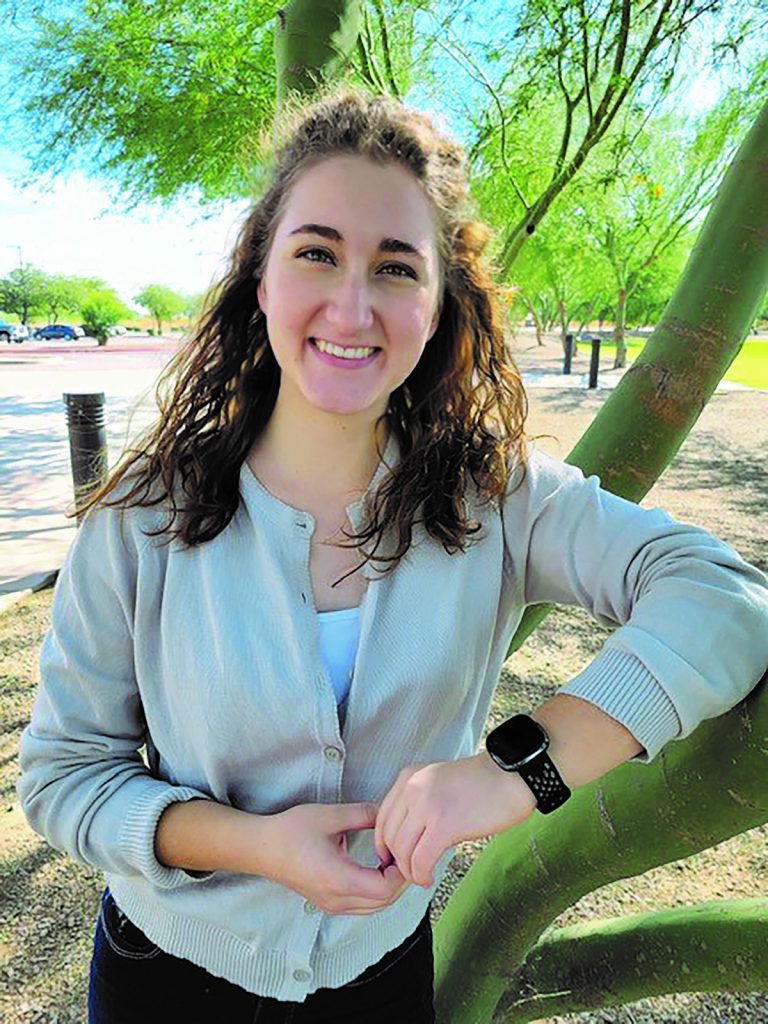 Talitha Jesse Warren
Talitha Jesse Warren
11th Grade
Etz Chayim Academy
Teacher: Tamsen Warren
Live, Choose, Pursue
Waving the flag of freedom does not mean red, white, and blue decorations, Independence Day picnics, and Labor Day vacations. Flags adorn our country like confetti on last night’s dance floor. You see flags near banks, libraries, and post offices, anywhere government buildings are located. You might find a flag flapping away in your neighbor’s yard or the parking lot of your favorite grocery store. I believe waving the flag of freedom means exercising self-control, practicing self-respect, and mustering courage to do what’s right even if you stand alone.
Try growing up in a place where every time you attempt to stand upright, someone quickly knocks you back to the ground. You are not allowed to leave, no matter how hard you try. Imagine having a dream you will never be able to pursue. Picture an existence where every day someone tells you what to do, what to think, what to become, and even what to believe. If you refuse, you and those you love are starved, tortured, or possibly slaughtered in front of you to make you comply or die in the process.
Then imagine seeing a tricolored flag of stars and stripes fluttering overhead, inviting you to stand on your own two feet, asking you to live your life, choose your path and pursue your dreams. Armed men and women serving under this flag salute it, honor it, and display it at every opportunity. Men like my dad, SFC Shawn Mark Warren, Retired, US Army, leave their own families half a world away to come to your world, putting their lives in harm’s way, waving the flag of freedom to help you learn what it is to be free.
Two combat tours to Iraq and two combat tours to Afghanistan take my dad away for over half of my childhood. When he finally comes home, I witness years of my dad’s hospital treatments for various war injuries resulting in multiple operations, which keep him in hospitals and rehabilitation therapies for most of my youth. Each time he comes back from surgery, he functions a little better. I gradually reconnected with my dad and deeply admired the military medical staff and how they helped put my dad back together again.
My dad inspires everyone he knows to truly wave the flag of freedom, from his eldest son to serve in the US Air Force, another son soon to join the US Army, and I hope to enlist into the US Navy after graduating from nursing school. I believe waving the flag of freedom involves loving my country and zealously supporting the United States of America and its interests by voting, participating in jury duty, and hopefully serving in the US military.
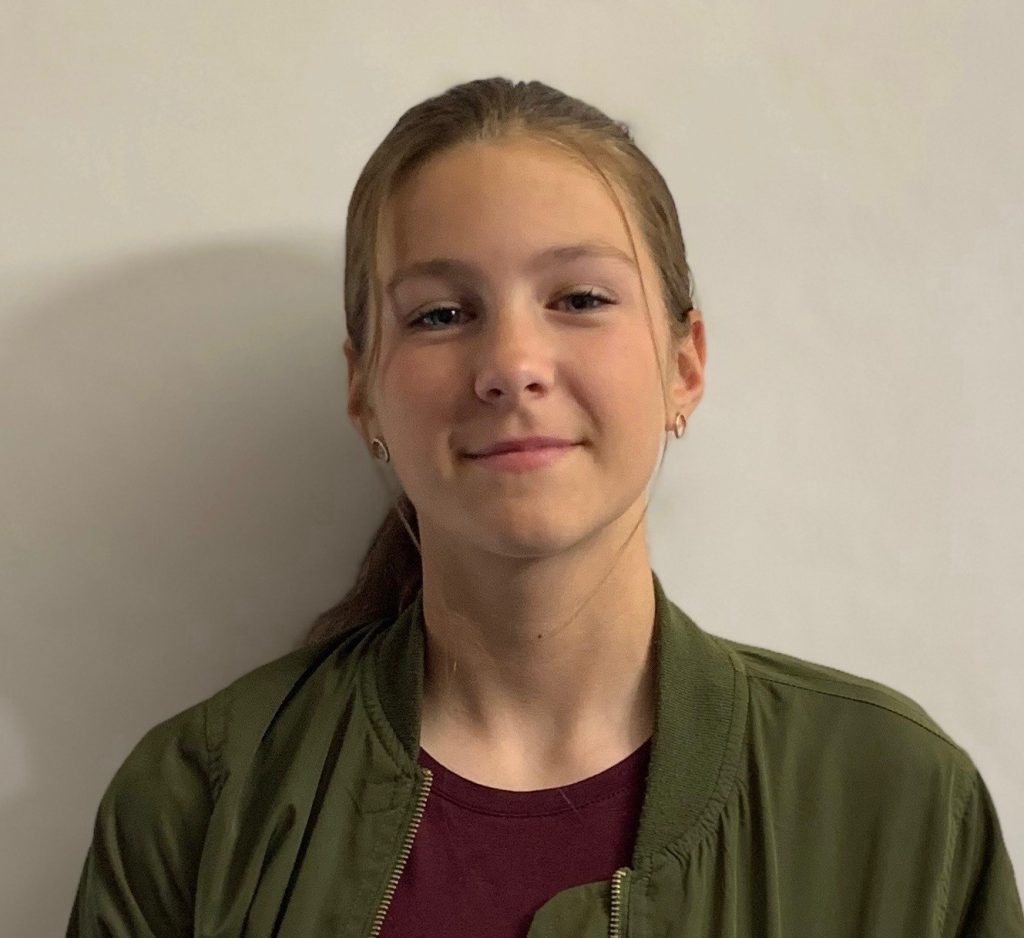 Isabell Wilson
Isabell Wilson
10th Grade
Desert Edge High School
Teacher: Cynthia Flores
More Than A Symbol
A symbol of freedom. A symbol of pride. A symbol of patriotism. These are the things that the United States flag represents, but most people see it as just a symbol. A few more personal things come to mind when I see the insignia of our country—Memories, service, and identity.
My dad has been an active duty member of the United States Air Force for 20 years. He has been a part of Operation Enduring Freedom and Operation Iraqi Freedom, deploying to Afghanistan and Iraq. My mom has told me stories about how she would be on the phone with my dad while he was deployed. He would have to disconnect the call because he and his team were getting bombed again and had to go to the fallout shelter. I remember waiting outside, waiting for him to return from his deployments. I remember my excitement when I saw him walk out of the plane. I remember my relief when my mom said that my dad would be home to celebrate Christmas with us. Memories.
Another thing that comes to mind when I see the flag is service. My mom was an active-duty member of the USAF for six years as a laboratory technician. She also deployed to Kuwait to work alongside the military police. After finishing her service in the Air Force, she went to nursing school to become a registered nurse. With that, she worked as an ER nurse for seven years. During that time, she has impacted millions of lives. She is now working towards her master’s degree to become a Nurse Practitioner to serve more citizens. If my mom hadn’t joined the Air Force, she never would have started her nursing career. She would not have helped as many people as she has. Service.
People have called me a military brat a few times. At first, I didn’t know what it meant. I soon learned that it meant that I had military parents and had to put up with the military lifestyle. Every time somebody uses the phrase, I smile because I know what it represents. I have moved from Alaska to Arkansas, then to Texas, and finally to Arizona. I am a Cadet Senior Airman in the Civil Air Patrol, an auxiliary of the Air Force. I stand by the Air Force core values, integrity first, service before self, and excellence in all we do. I am a military brat through and through. Identity.
The flag represents all that I am. It represents my memories, my identity, the service that my parents have contributed to this country. It is more than a symbol. It embodies what I aspire to be.
 Avah Montgomery
Avah Montgomery
Grade 9th
Shadow Mountain High School
Teacher: Kevin Storey
Last year, I was given the opportunity to interview my grandfather and write a story about his time as a sailor in the United States Navy. I expected to learn about tremendous bravery, harrowing stories of ships being tossed to sea, but most importantly, tales of deep friendships and bonds that spanned generations. Some of my ideas about what I would learn were correct. However, I also learned about the cultural tidal wave that is the United States Navy.
My grandfather was born in Saint Cloud, Minnesota, one of nine children. Together, they worked on their parent’s two-hundred and forty-acre dairy farm. Their small town did not differ from many cultural norms; they did not have an ethnically diverse population, nor was there any variance in religious beliefs. So, when he joined the Navy, he had no idea what to expect.
After traveling 1, 956 miles to reach San Diego, California, he was immersed in a completely different world. One of life, color, a contrast in belief systems, upbringings, and ways of life. This may have been disorienting for some, overwhelming for most, but my grandfather saw it as a window of opportunity. He fell down the rabbit hole and embraced all that wonderland had to offer. He relinquished any preconceived notions of what the Navy was supposed to look like or who would enlist to serve, and he embraced everyone.
While he was telling his story for the first time, he looked at me, eyes shimmering, and explained that in the Navy, they were all equals. Their heads had been shaved, ordinary clothing doled out, and housing arrangements posted. Together, they were one and the same. Economic status did not define them; moreover, skin color became less of a barrier as they all had one purpose, to serve. After completing his training in San Diego, he was stationed in Guantanamo Bay, Cuba, where he again met new people. On trips to Puerto Rico, he embraced Spanish culture.
Later in life, he moved to Arizona and enrolled in classes to become proficient in Spanish. Without his experiences in the Navy, my grandfather would never have explored all of what Spanish culture offered him. In my grandfather’s experience, the “Flag of Freedom” was raised the moment that he enlisted—the freedom to experience new cultures, religions, and ethnicities. Moreover, the freedom to look into a fellow soldier’s eyes and see only equality, rather than barriers based solely on race or religion. Instead of sowing hatred, rivalry, and disputes into the sailors, the Navy succeeded in cultivating acceptance and valor. My grandfather was able to see the light in all different people after the flag of cultural freedom was waved.
